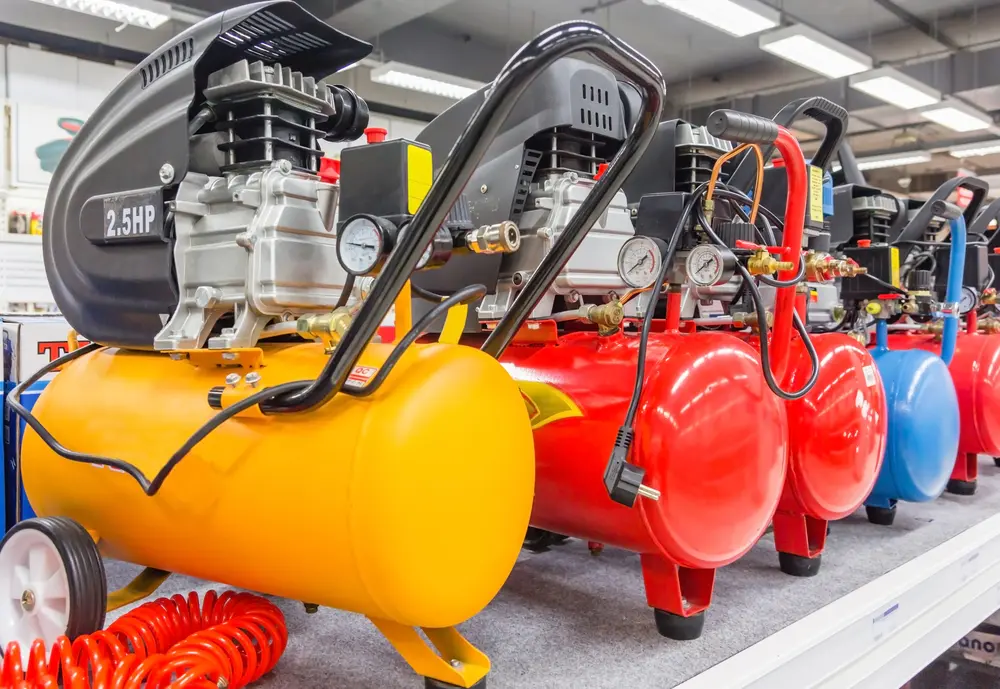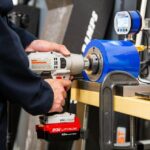The air compressor market is a vital component of various industrial sectors, projected to reach USD 40.43 billion by 2023, with a CAGR of 3.6% from 2018 to 2023. This growth is attributed to increased demand in sectors such as manufacturing, oil & gas, and construction, where air compressors play an essential role in operations ranging from pneumatic tool powering to process control applications.
Classification and Working Principle of Air Compressors
Air compressors are classified mainly into three categories: reciprocating, rotary screw, and centrifugal.
- Reciprocating Air Compressors work on the principle of a piston within a cylinder compressing the air and reducing its volume. These are commonly used for intermittent operations across various industries.
- Rotary Screw Compressors utilize two helical screws to force air into a smaller volume and are preferred for continuous, commercial, and industrial applications due to their efficiency and longevity.
- Centrifugal Compressors increase air pressure by converting angular momentum imparted by a rotating impeller. They are ideal for extremely high-volume and high-pressure jobs in industries like petroleum refining and chemical production.
Operation and Precautions
The operation of air compressors involves converting power into potential energy stored in pressurized air. This process requires careful consideration of operational precautions to ensure safety and efficiency:
- Regular Maintenance: Routine checks and maintenance prevent operational failures and extend the lifespan of the compressor.
- Proper Ventilation: Air compressors generate heat; thus, adequate ventilation is crucial to avoid overheating.
- Moisture Control: Using air dryers and proper drainage systems helps prevent moisture accumulation, which can lead to corrosion and decreased efficiency.

Industry-Specific Applications
In the manufacturing sector, air compressors are indispensable for powering machinery, tool actuation, and material handling systems. In the construction industry, they are crucial for powering pneumatic tools.
The healthcare sector relies on them for respiratory systems and laboratory air. Each application demands specific types of compressors, underscoring the importance of understanding the operational specifics and requirements of the intended use.
Conclusion
The air compressor market’s significant growth is a testament to its indispensable role across various industries. With advancements in technology, today’s air compressors offer greater efficiency, reliability, and adaptability to meet the diverse needs of modern industrial applications.
Whether for powering tools, process control, or any number of specialized applications, the selection and operation of air compressors require a comprehensive understanding of their classifications, working principles, and operational precautions.
As industries continue to evolve, the demand for innovative and efficient air compressors is set to rise, marking a dynamic era of development in air compression technology.

